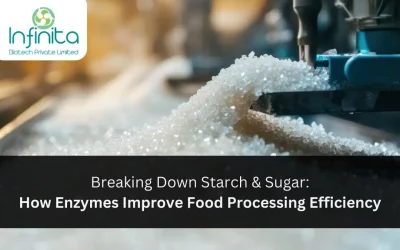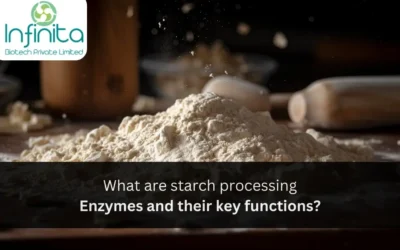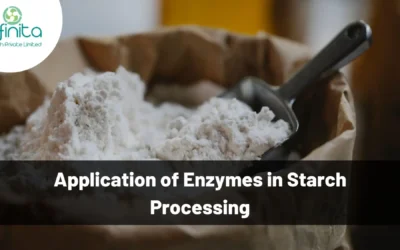In the modern food industry, efficiency and product quality are paramount. Manufacturers are constantly seeking ways to optimize production processes, reduce waste, and enhance nutritional value. One of the most effective tools in achieving these goals is the use of...
Starch Processing Enzymes Manufacturer
What are Starch Processing Enzymes?
Enzymes for Starch Processing is a process to recover starch from plant sources which contain starch, such as Corn, Potatoes, Wheat, Cassava, Rice and Sorghum. In this process, wet milling of grain followed by slurry formation takes place. This starch-rich slurry is spread dried to recover starch as powder. Mostly in starch processing mills, this starch slurry is liquefied and saccharified to obtain different products like Maltodextrins, High-purity Maltose, Liquid Glucose and Dextrose powder.
In the past, strong acids had to be used to separate the starch into individual sugars, whereas today almost only enzymes are used. They offer a number of advantages: Since Enzymes for Starch Processing break down the branched starch molecules at very specific points, the saccharification process can be specifically controlled. In this way, different starch syrups are obtained, which differ in their sweetening power, but also in their technological properties.
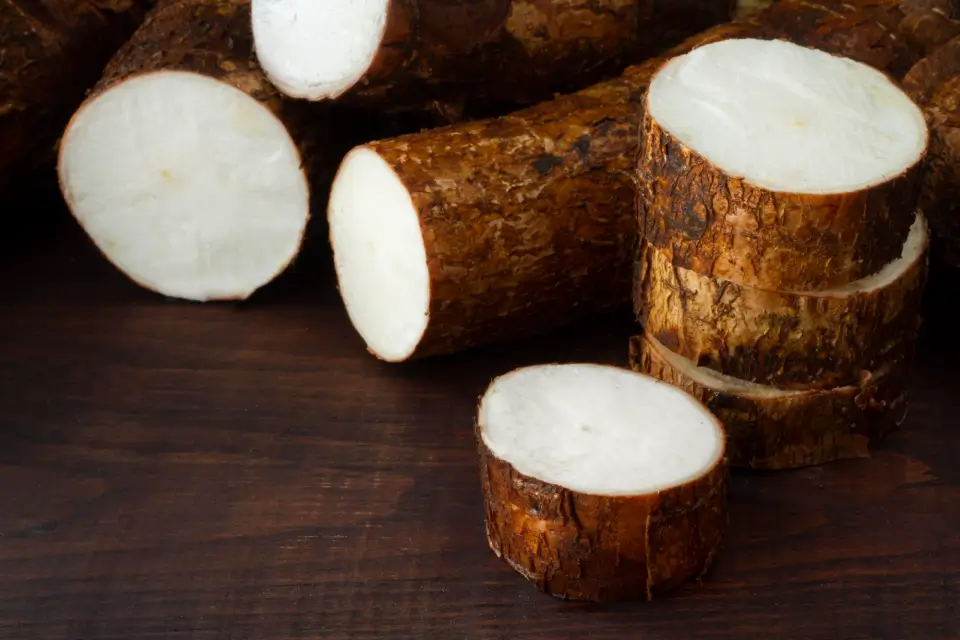
Our Solutions
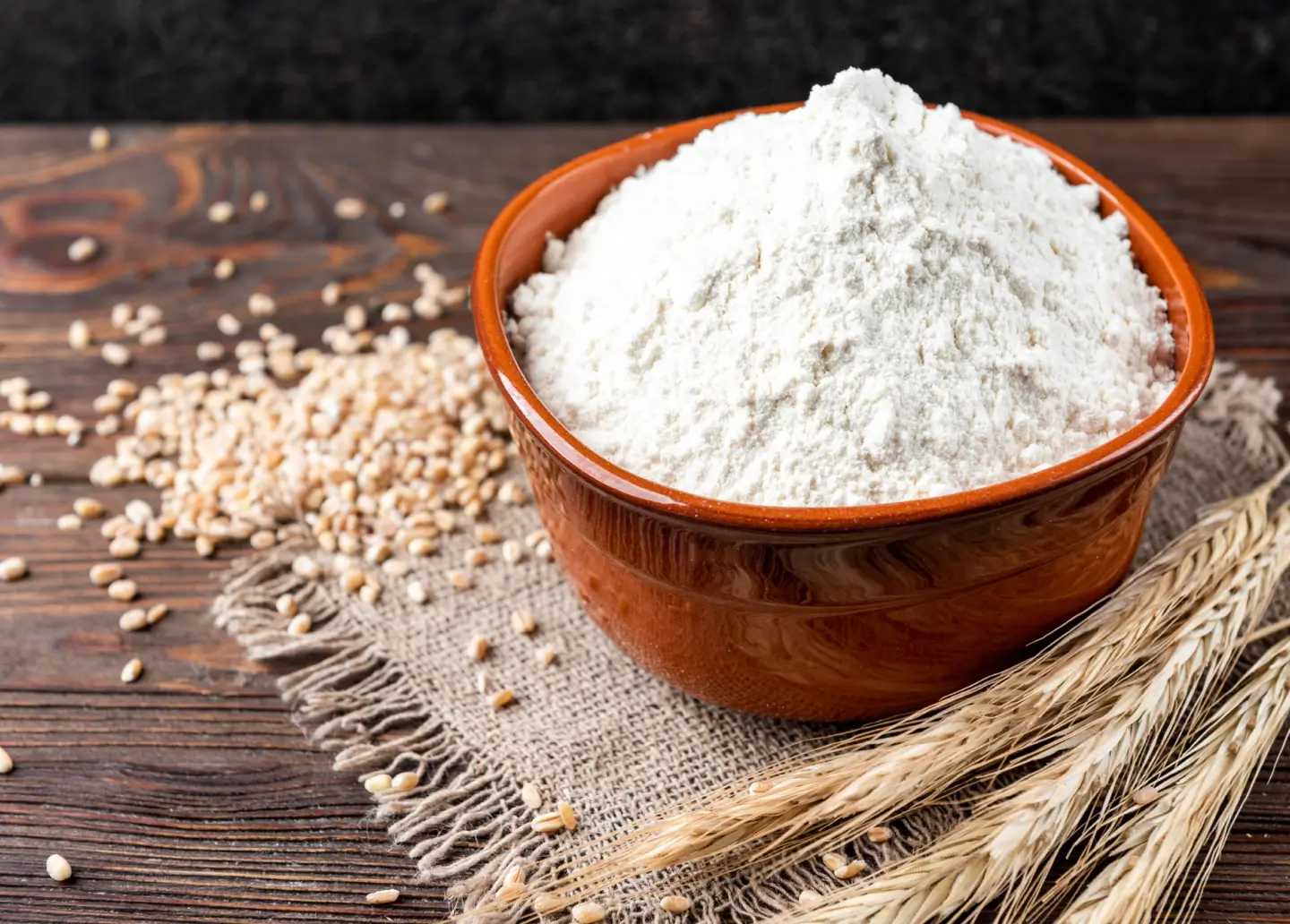
Alpha Amylase for Liquefaction
This high temperature Alpha Amylase convert Starch into Dextrin.Reduces Viscosity
Dextrins Generation
Free Sugar Generation
Beta Amylase
Our Beta Amylase can be used for the production of Maltose Syrup.Maltose Generation
De-branching Of Dextrins
Reduces Viscosity
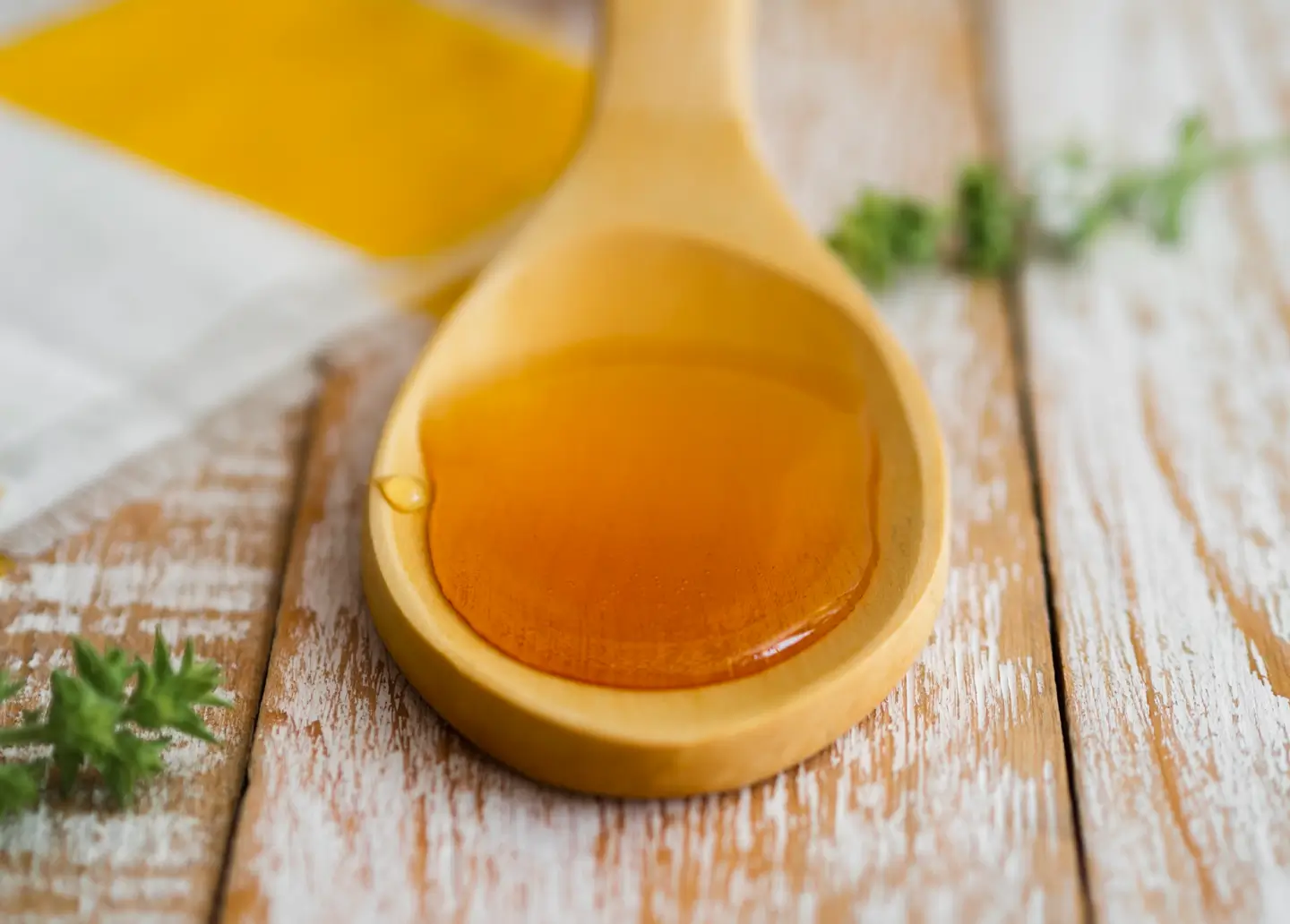
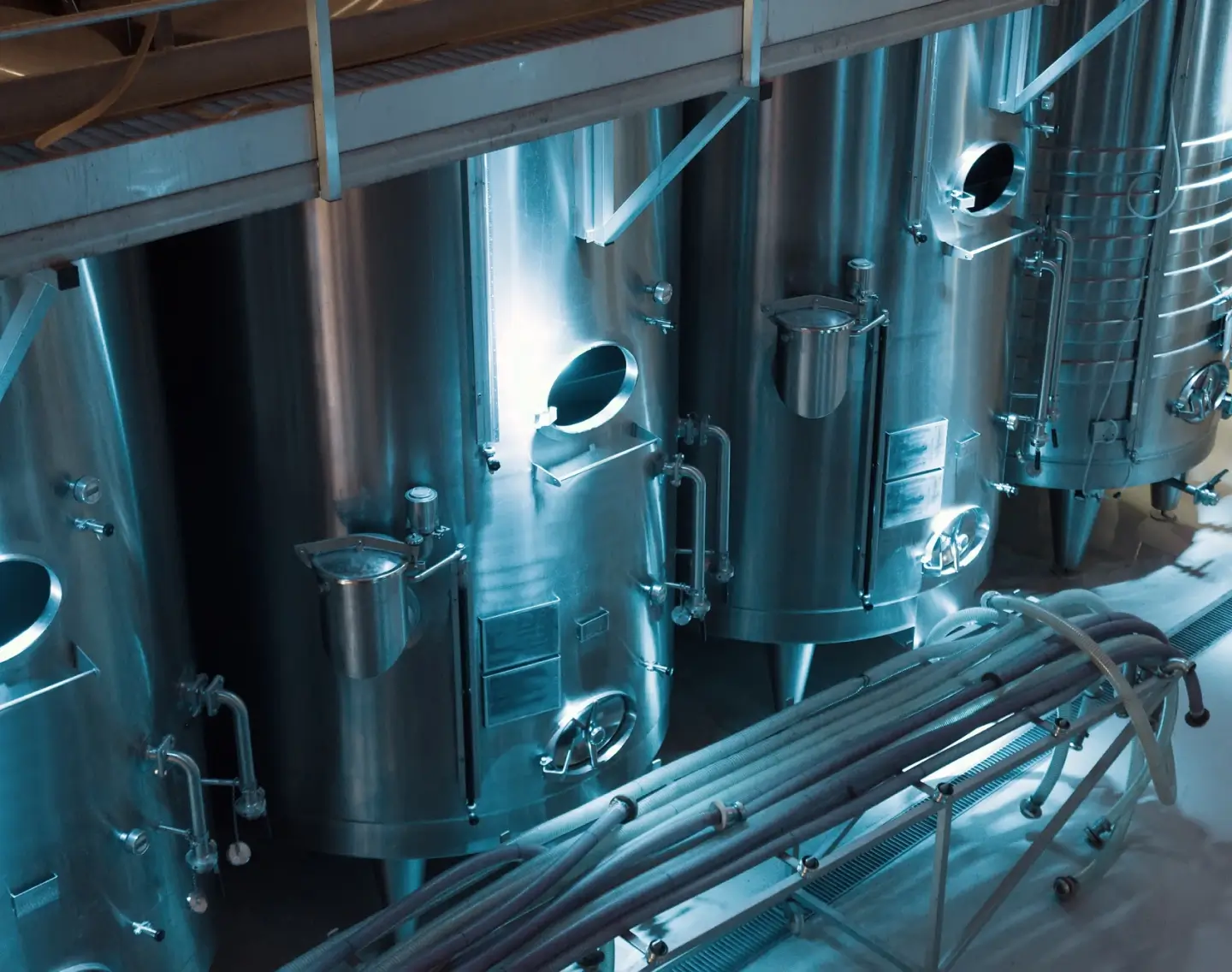
Gluco Amylase for Saccharification
Our Gluco Amylase is useful for converting Dextrin into Glucose.High Glucose Syrup
Pullanase Activity
Thermal And Ph Stability
Pullulanase
Enzyme to hydrolyze pullulan, a component of starch, into smaller glucose units.Reduces Viscosity in Processing
Improves Process Efficiency
Reduces Processing Time
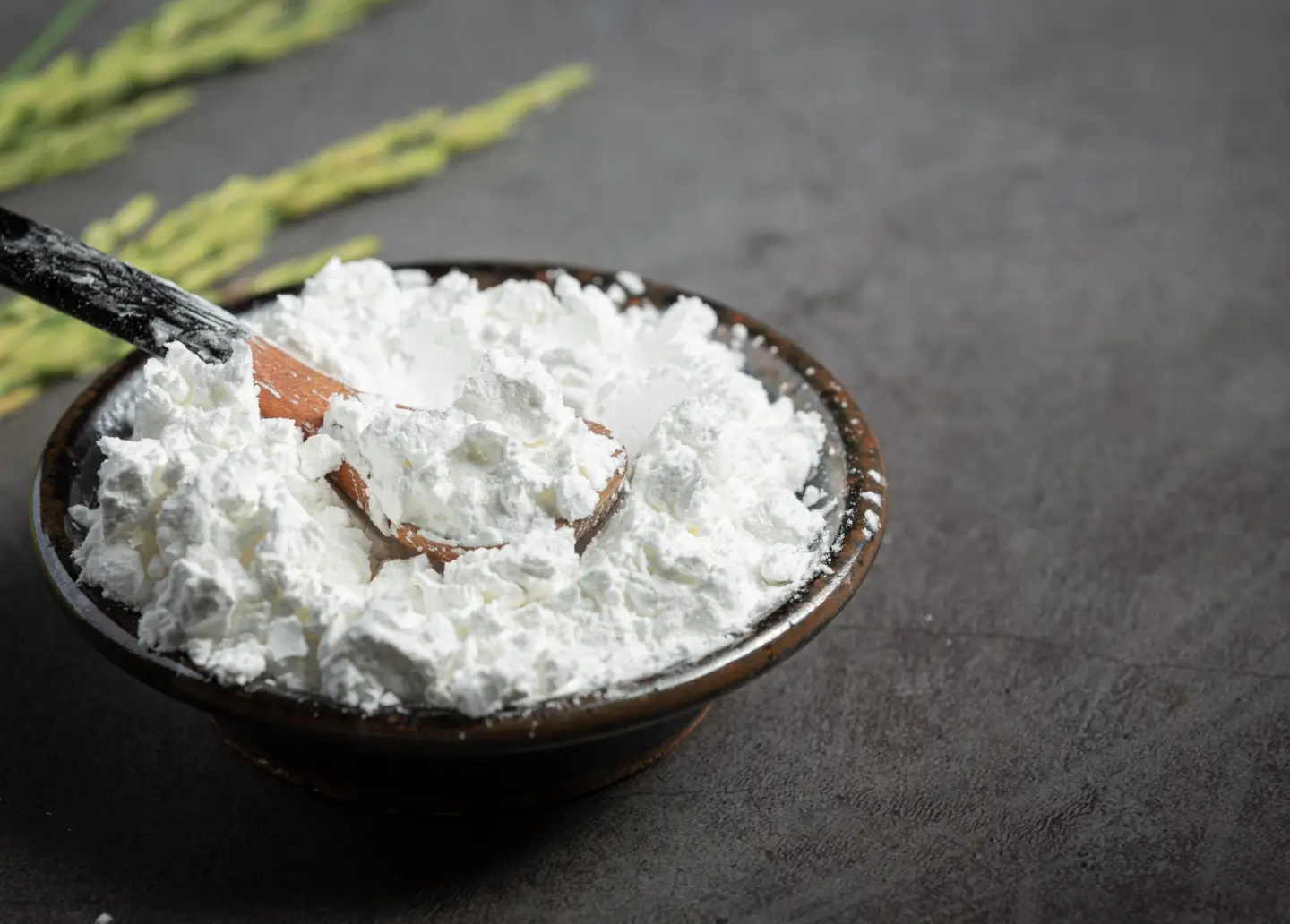
Related Blogs & Insights
What are Starch Processing Enzymes and Their Key Functions?
Introduction to Starch Processing Enzymes Starch processing enzymes are specialized proteins that facilitate the breakdown of starch, a complex carbohydrate, into simpler sugars. These enzymes play a pivotal role in various industrial applications, transforming starch...
Application of Enzymes in Starch Processing
Enzymes are biological molecules that are essential for various metabolic processes in living organisms. Various industrial processes such as food processing, pharmaceuticals, and textiles also utilize enzymes. Enzymes play a crucial role in the field of starch...
Frequently Asked Questions ,Starch Processing Enzymes Manufacturer
Which enzymes are used in starch processing?
Which enzyme convert starch to Maltose?
What is the function of glucoamylase?
Which type of enzyme is used to convert starch into sugar syrup?
What is wet milling process?
For A Greener Tomorrow
Committed to advancing eco-friendly biotechnology for a healthier planet.
